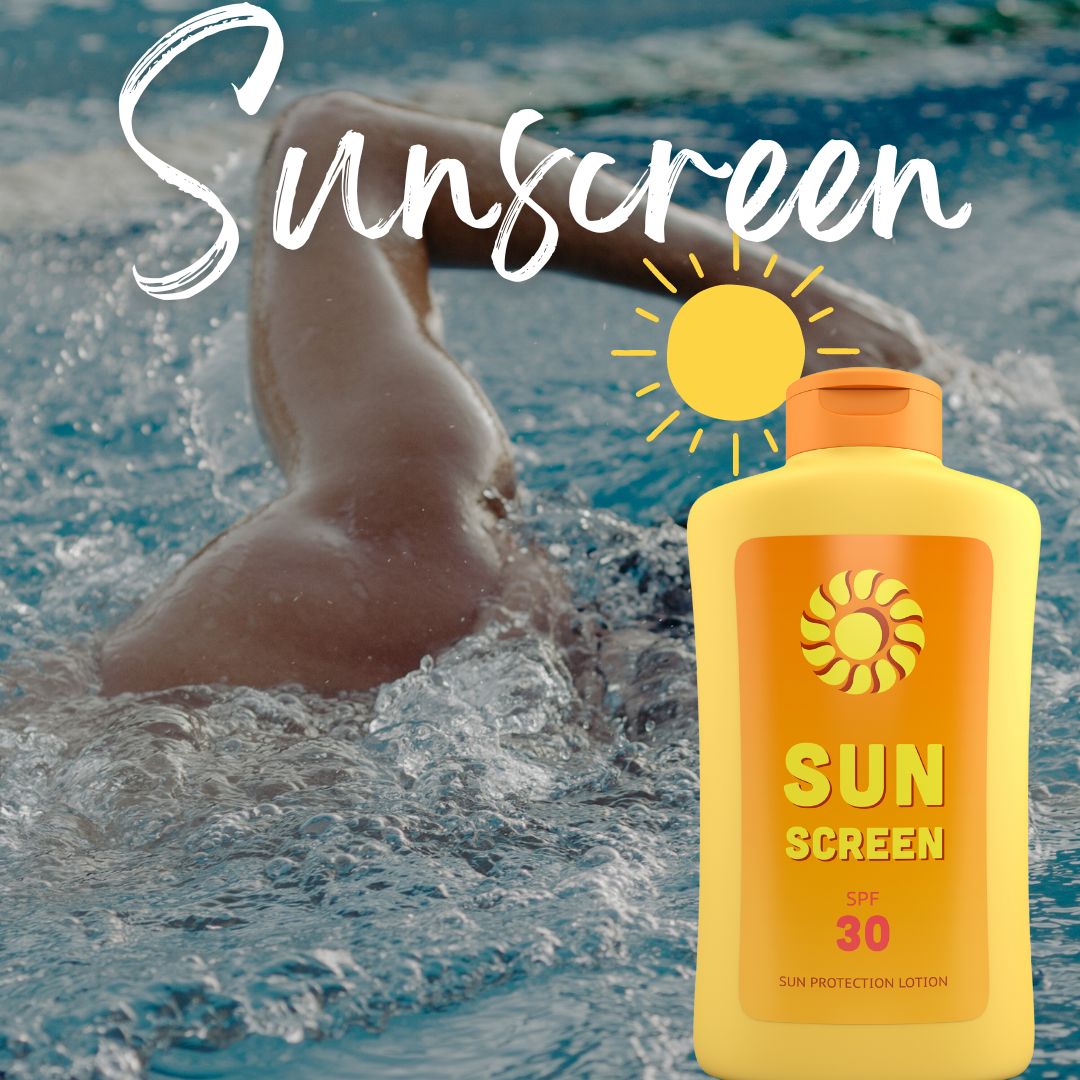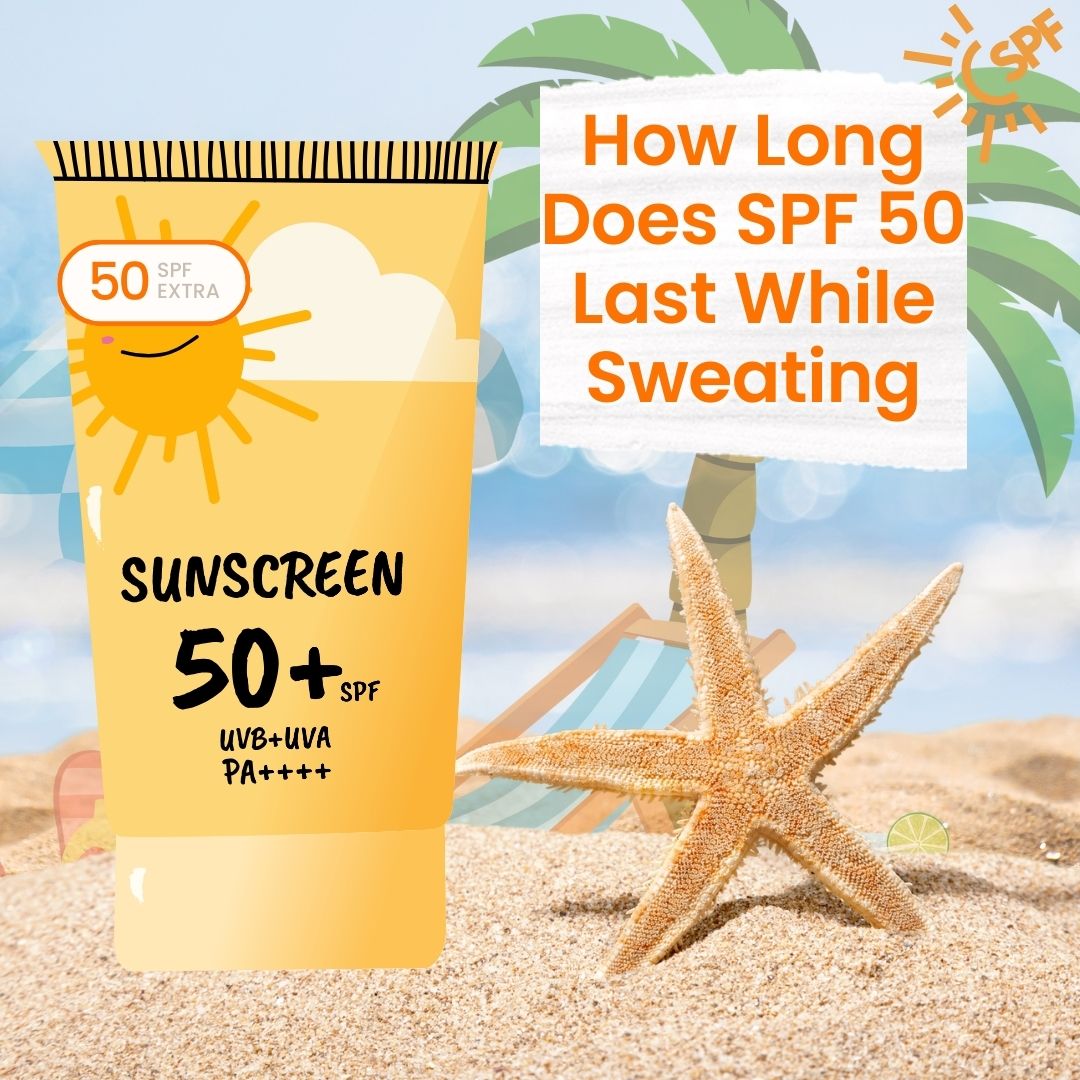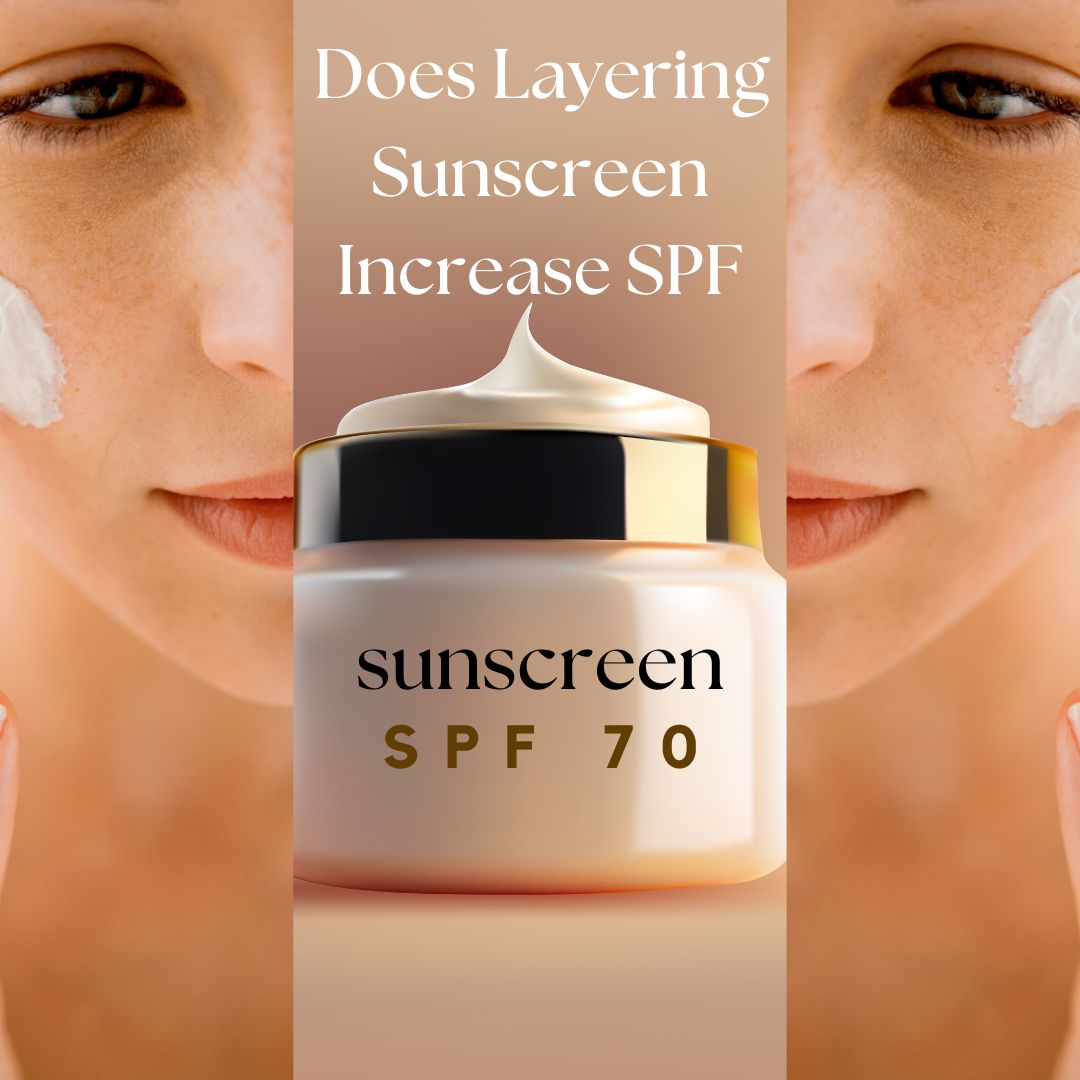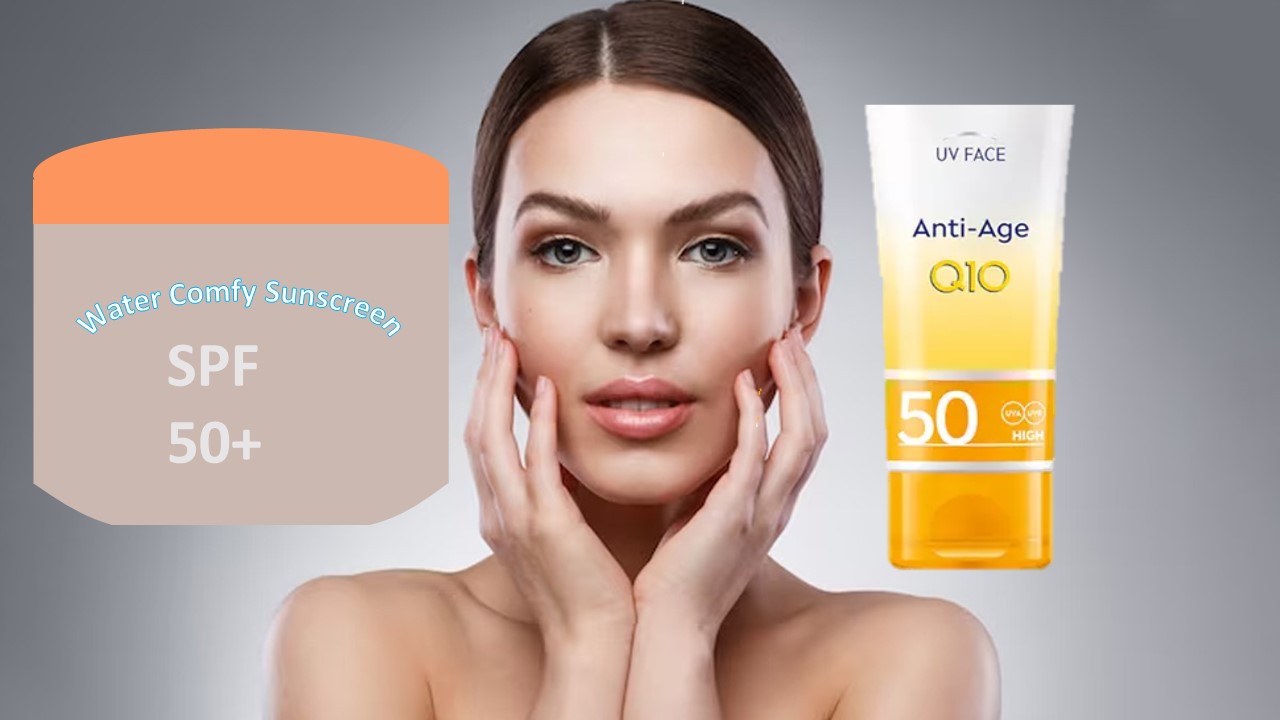Is Blue Lizard Sunscreen Safe – A Guide to Understanding Sunscreen Safety
Is Blue Lizard sunscreen safe? A question many of us have asked while standing in the sunscreen aisle, surrounded by an overwhelming number of options. Maybe you’ve heard a rumor or read a headline that made you second guess whether your sunscreen choice is really the best.
Or perhaps you’re simply doing due diligence for yourself or your family before you head out into the sun. Either way, it’s a question worth exploring deeply because sunscreen isn’t just a beach-day accessory – it’s essential for long-term skin health.
But before we get into the nitty-gritty of why this question matters, let’s have a little fun. I mean, “Blue Lizard”? You’ve got to admit, it sounds more like a superhero’s sidekick than a sunscreen. But humor aside, there’s no sidekick business here – this sunscreen takes the lead when it comes to safety and protection.
Is Blue Lizard Sunscreen Safe?
Let’s get straight to the point. Is Blue Lizard sunscreen safe? In short, yes. It’s widely regarded as one of the safer options on the market, especially when compared to chemical sunscreens.
Why? Because Blue Lizard is a mineral-based sunscreen, which uses physical blockers like zinc oxide and titanium dioxide to protect your skin from harmful UV rays.
Instead of absorbing into the skin (and potentially into your bloodstream), these ingredients sit on top of the skin and reflect UV radiation, making them a gentler option for sensitive skin and a safer choice for long-term use.
The safety of Blue Lizard sunscreen stems from several key factors:
1. Mineral Formulation
Chemical sunscreens use active ingredients like oxybenzone and octinoxate, which absorb UV rays but have raised concerns about skin penetration, hormone disruption, and potential harm to marine life.
In contrast, Blue Lizard uses zinc oxide and titanium dioxide, both of which are recognized as safe and effective by dermatologists and regulatory agencies like the FDA.
These mineral blockers don’t penetrate the skin, which means they pose a significantly lower risk of entering your bloodstream and causing systemic effects.
2. Free from Harmful Chemicals
Unlike some popular sunscreen brands, Blue Lizard does not contain parabens, fragrances, or chemical UV blockers like oxybenzone, making it less likely to cause allergic reactions or irritation.
For individuals with sensitive skin or those who are prone to eczema, mineral sunscreens are often the go-to recommendation because they’re gentler on the skin
3. Reef-Safe Formula
In addition to being safe for your skin, Blue Lizard is also reef-safe, meaning it avoids ingredients like oxybenzone and octinoxate that have been shown to damage coral reefs. In places like Hawaii and Key West, these chemicals are even banned to protect marine ecosystems.
So, if you’re environmentally conscious or planning a beach trip, Blue Lizard is a solid option that won’t harm the environment while protecting your skin.
Product Image | Product Name | Key Features | Rating | Price |
| ||||
| ||||
| ||||
| ||||
| ||||
|
The Rising Concerns About Sunscreen Safety
The growing interest in the question, “Is Blue Lizard sunscreen safe?”, stems from rising concerns about the ingredients found in many chemical sunscreens.
Over the past few years, alarming studies have revealed that some chemical UV filters used in sunscreens are not only absorbed into the skin but can also be detected in the bloodstream within hours of application. However, you have no problem using approved sunscreens.
This has raised questions about the potential long-term effects on health, particularly with frequent use. To add fuel to the fire, the discovery of benzene, a known carcinogen, in several popular sunscreen brands in 2021 sent shockwaves through the sunscreen industry.
Although Blue Lizard was not part of this recall, the controversy made many consumers wary of what’s really in their sunscreen. As a result, more and more people are turning to mineral-based sunscreens like Blue Lizard for peace of mind.
Benefits of Using Blue Lizard Sunscreen
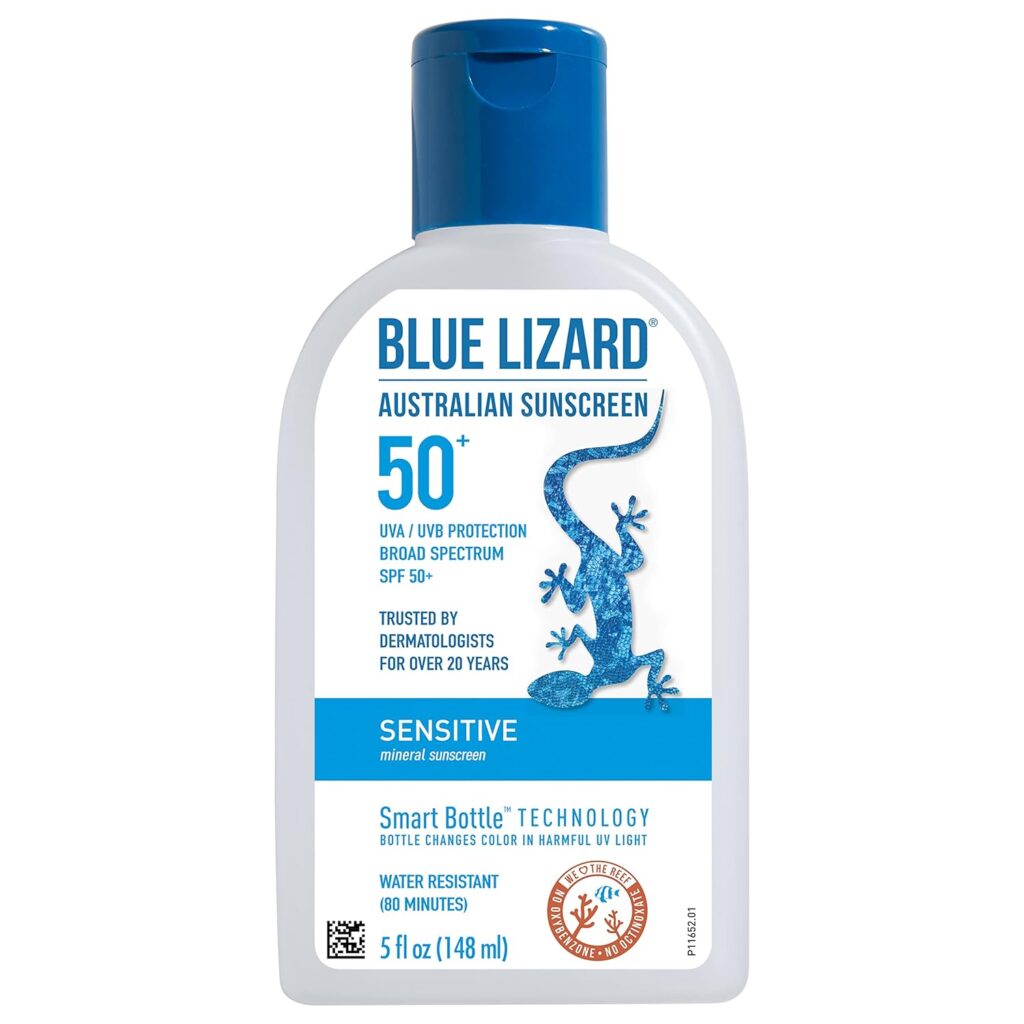
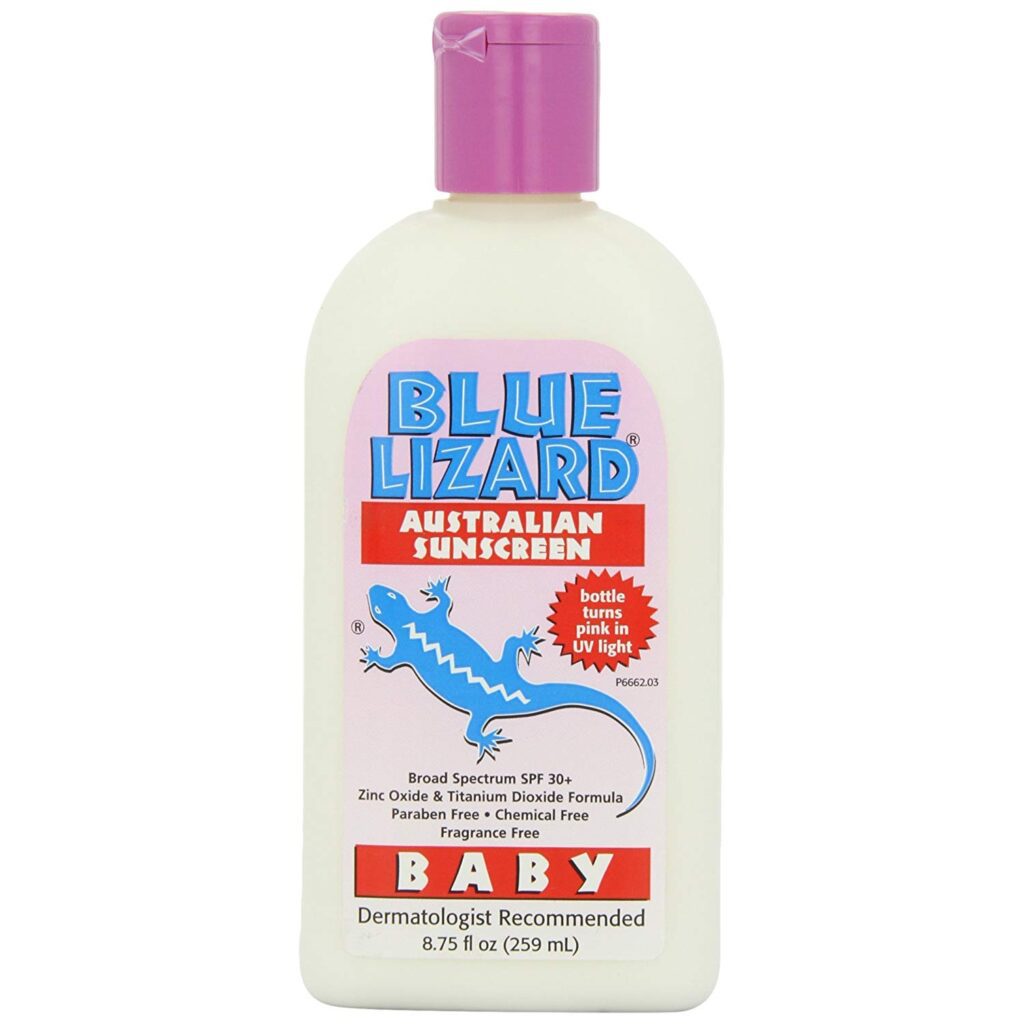
Now that we’ve answered the big question – is Blue Lizard sunscreen safe? – let’s talk about the other reasons why it’s worth considering. While safety is the top priority, Blue Lizard offers several other benefits that make it a go-to sunscreen for many:
1. Effective Broad-Spectrum Protection
Blue Lizard provides broad-spectrum protection, which means it shields your skin from both UVA and UVB rays. UVB rays are responsible for causing sunburns, while UVA rays penetrate deeper into the skin and can lead to premature aging and even skin cancer.
It’s crucial to choose a sunscreen that covers both, and Blue Lizard delivers on that front.
2. Sensitive-Skin Friendly
For anyone with sensitive skin, Blue Lizard’s mineral formula is a lifesaver. It’s free from fragrances and parabens, two common irritants found in chemical sunscreens.
Many dermatologists recommend mineral sunscreens like Blue Lizard for people with eczema, rosacea, or acne-prone skin because they are far less likely to trigger flare-ups.
3. Water Resistance
If you’re going to be spending time in the water, you need a sunscreen that stays effective even after swimming or sweating. Blue Lizard’s sunscreen offers water resistance for up to 80 minutes, which is on par with most leading sunscreen brands.
It’s especially useful for outdoor activities like swimming, hiking, or playing sports.
4. Bottle Technology
One fun and unique feature of Blue Lizard is its color-changing bottle. The bottle changes color when exposed to harmful UV rays, serving as a visual reminder to apply sunscreen. This isn’t just a gimmick – it’s a practical tool that can help you stay aware of UV exposure throughout the day.
Common Concerns About Blue Lizard Sunscreen
While Blue Lizard gets a lot of praise for being safe and effective, it’s not without its drawbacks. Here are some common concerns that people have raised, along with how to address them:
1. White Cast
One of the most frequently mentioned drawbacks of mineral sunscreens is the white cast they leave on the skin, particularly on darker skin tones. This happens because zinc oxide and titanium dioxide sit on the skin’s surface rather than absorbing, which can result in a visible white residue.
If this is a concern for you, try applying the sunscreen in smaller amounts and rub it in thoroughly to reduce the appearance of the white cast. Some users also report that the white cast fades after a few minutes as the sunscreen settles into the skin.
2. Thicker Texture
Because mineral sunscreens use physical blockers, they often have a thicker consistency than chemical sunscreens, making them more difficult to spread evenly on the skin.
However, this thicker texture is what helps provide a physical barrier against the sun, so it’s worth the extra effort. Some users find that warming the sunscreen between their palms before applying it helps with even distribution.
3. Price
Blue Lizard is priced higher than many drugstore sunscreens, which can be a deterrent for some shoppers. However, given its safety profile and the fact that it provides superior sun protection without harmful chemicals, many people find the price worth it.
Best Practices for Using Blue Lizard Sunscreen
Now that we’ve established that Blue Lizard sunscreen is safe, let’s talk about how to use it effectively:
- Apply Generously: One common mistake people make with sunscreen is not applying enough. You need about a shot glass worth of sunscreen to cover your entire body. Be sure to reapply every two hours, especially after swimming or sweating.
- Use it Year-Round: Sunscreen isn’t just for beach days. Harmful UV rays can penetrate clouds, and snow can reflect them back onto your skin, increasing your exposure. Make sunscreen part of your daily routine, even in the colder months.
- Don’t Forget Those Often Missed Spots: Commonly missed areas include the ears, neck, feet, and scalp. Be sure to apply sunscreen to these areas as well, especially if you have thinning hair or plan on spending extended time outdoors.
The Bottom Line on Is Blue Lizard Sunscreen Safe?
So, is Blue Lizard sunscreen safe? Absolutely. It checks all the boxes when it comes to safety, efficacy, and even environmental responsibility. With its mineral-based formulation, broad-spectrum protection, and reef-safe ingredients, Blue Lizard provides everything you could want in a sunscreen, without the worrisome chemicals found in many other products.
While there may be some minor drawbacks like the white cast and thicker texture, these are small trade-offs for the peace of mind that comes with using a product that’s not only good for you but also for the planet.
In today’s world, where we’re constantly learning about the hidden dangers in everyday products, it’s comforting to know that sunscreens like Blue Lizard exist, offering a safe, effective, and environmentally friendly solution to sun protection.






